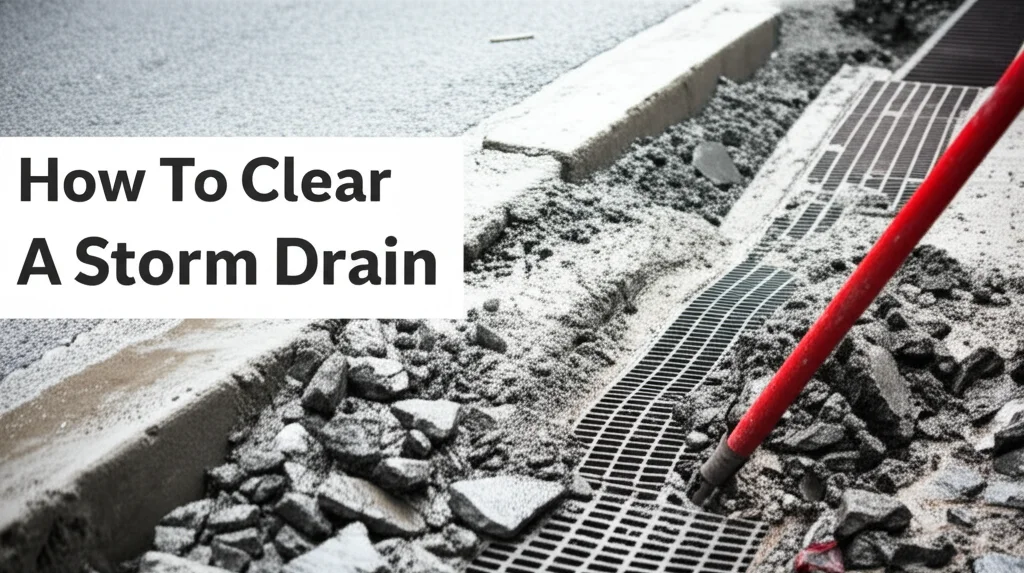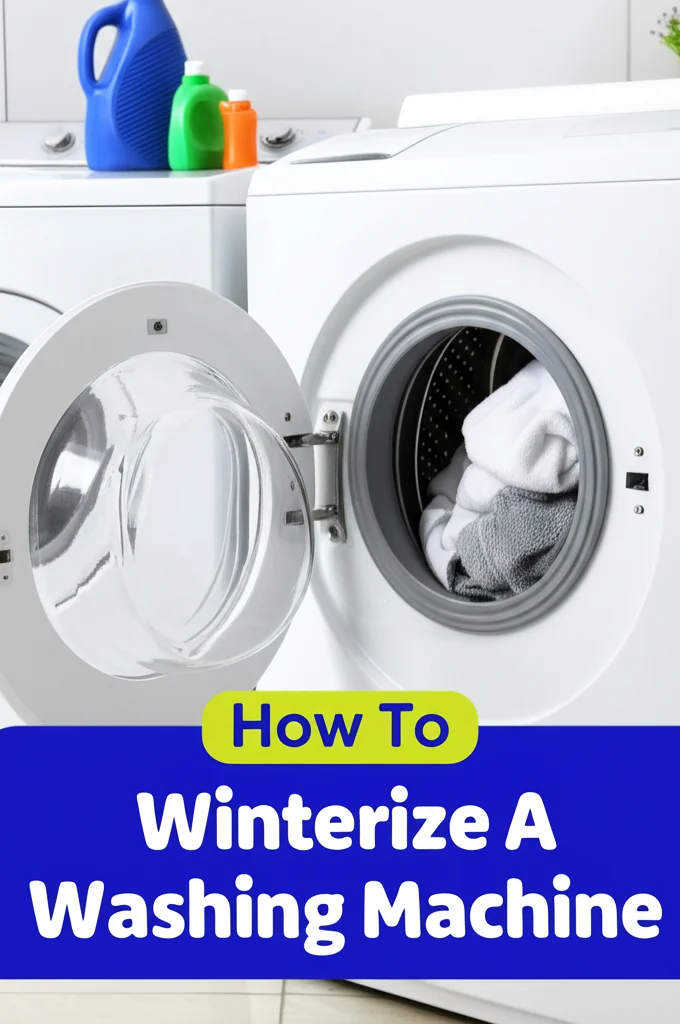· Home Maintenance · 7 min read
How To Clean Retractable Screens?

Keeping Your View Clear: How To Clean Retractable Screens?
Have you noticed your retractable screens are looking a little…dull? Dust, pollen, and insect debris can quickly build up, obscuring your beautiful view and diminishing the benefits of your screens. Cleaning retractable screens doesn’t have to be a chore. This guide will walk you through everything you need to know to effectively clean your retractable screens, keeping them functioning properly and looking their best. We’ll cover the best methods, tools, and preventative measures to ensure a clear view for years to come. Let’s dive in and learn how to clean retractable screens!
Takeaway:
- Regular cleaning prevents buildup and extends screen life.
- Gentle cleaning methods are best to avoid damage.
- Proper drying prevents mildew and ensures smooth operation.
- Maintenance keeps your screens functioning optimally.
Quick Answer:
To clean retractable screens, gently vacuum or brush off loose debris, then wash with a mild soap and water solution using a soft brush or cloth. Rinse thoroughly and allow to dry completely before retracting. Regular cleaning prevents buildup and ensures optimal functionality.
Understanding Your Retractable Screens
Before you start cleaning, it’s helpful to understand what your retractable screens are made of. Most retractable screens feature a mesh material, typically fiberglass, polyester, or aluminum. The housing and mechanisms are usually aluminum or vinyl. Knowing the material will help you choose the right cleaning products and methods. Using harsh chemicals or abrasive tools can damage the screen material or the housing.
Different screen materials require slightly different care. For example, aluminum screens are more durable and can withstand a bit more scrubbing than fiberglass screens. Always check the manufacturer’s instructions for specific cleaning recommendations. This will help you avoid voiding any warranties and ensure you’re using the safest methods for your particular screens.
Gathering Your Cleaning Supplies
Having the right tools on hand makes the cleaning process much easier. You won’t need anything fancy – most of these items you likely already have at home. Here’s a checklist of what you’ll need:
- Vacuum with a brush attachment: For removing loose dirt and debris.
- Soft-bristled brush: A paintbrush or similar brush works well for gentle scrubbing.
- Microfiber cloths: These are excellent for wiping and drying.
- Mild dish soap: Avoid harsh detergents or abrasive cleaners.
- Warm water: For mixing with the soap.
- Spray bottle: For applying the cleaning solution.
- Garden hose with a gentle spray nozzle: For rinsing (optional, depending on screen location).
Avoid using abrasive cleaners, scouring pads, or high-pressure washers, as these can damage the screen material. You can find more information on choosing the right cleaning products for your home at https://www.beacleaner.com/how-to-clean-luxury-vinyl-plank-flooring/.
Step-by-Step Cleaning Process
Now that you have your supplies, let’s get cleaning! Follow these steps for a thorough and effective clean:
- Remove Loose Debris: Use the vacuum with the brush attachment to gently remove any loose dirt, dust, pollen, or insect debris from the screen surface. Pay attention to corners and edges where debris tends to accumulate.
- Prepare Cleaning Solution: In a spray bottle, mix a few drops of mild dish soap with warm water. Gently shake to combine.
- Apply Cleaning Solution: Lightly spray the cleaning solution onto the screen surface. Avoid saturating the screen, as excessive moisture can damage the housing.
- Gentle Scrubbing: Using the soft-bristled brush or a microfiber cloth, gently scrub the screen surface in a circular motion. This will help loosen any stubborn dirt or grime.
- Rinse Thoroughly: If possible, rinse the screen with a gentle spray from a garden hose. If a hose isn’t accessible, use a clean, damp microfiber cloth to wipe away the soap residue.
- Dry Completely: Allow the screen to air dry completely before retracting it. You can use a clean, dry microfiber cloth to speed up the drying process.
Cleaning the Screen Housing and Tracks
Don’t forget to clean the housing and tracks of your retractable screens! These areas can also accumulate dust and debris, hindering the smooth operation of the screens.
- Housing: Wipe down the housing with a damp microfiber cloth. You can use the same mild soap and water solution if needed.
- Tracks: Use a small brush or a cotton swab to clean the tracks. This will remove any debris that may be obstructing the screen’s movement. You might find it helpful to vacuum the tracks first to remove loose particles.
Regularly cleaning the housing and tracks will help ensure your screens retract and extend smoothly. If you’re dealing with stubborn grime on other surfaces, you might find this article helpful: https://www.beacleaner.com/how-to-clean-floor-grout-without-scrubbing/.
Preventing Future Buildup and Maintaining Your Screens
Cleaning your retractable screens is important, but preventing buildup in the first place is even better. Here are a few tips for maintaining your screens and keeping them clean:
- Regular Dusting: Dust your screens regularly with a soft cloth or vacuum brush attachment.
- Trim Nearby Vegetation: Keep bushes and trees trimmed away from your screens to reduce pollen and debris buildup.
- Inspect for Damage: Regularly inspect your screens for any tears or damage. Repair any damage promptly to prevent further deterioration.
- Lubricate Tracks: Occasionally lubricate the tracks with a silicone-based lubricant to ensure smooth operation.
By following these preventative measures, you can significantly reduce the frequency of deep cleaning and extend the life of your retractable screens.
Addressing Specific Stains and Issues
Sometimes, you might encounter specific stains or issues that require a little extra attention. Here’s how to tackle some common problems:
- Bird Droppings: Gently remove bird droppings with a damp cloth and mild soap. Avoid scrubbing vigorously, as this can damage the screen material.
- Insect Residue: Use a bug and tar remover specifically designed for delicate surfaces. Test the product in an inconspicuous area first to ensure it doesn’t damage the screen.
- Mold or Mildew: Mix a solution of equal parts water and white vinegar. Apply to the affected area, let it sit for a few minutes, then scrub gently with a soft brush. Rinse thoroughly and dry completely. If you’re dealing with mold elsewhere in your home, this resource might be useful: https://www.beacleaner.com/how-to-remove-mold-from-painted-walls/.
Frequently Asked Questions (FAQ)
Q: How often should I clean my retractable screens?
A: It depends on your environment, but generally, cleaning your screens 2-3 times per year is sufficient. If you live in a dusty or pollen-rich area, you may need to clean them more frequently.
Q: Can I use a pressure washer to clean my retractable screens?
A: No, using a pressure washer can damage the screen material and the housing. Stick to gentle cleaning methods like vacuuming, brushing, and rinsing with a garden hose on a low setting.
Q: What type of soap should I use to clean my screens?
A: Use a mild dish soap. Avoid harsh detergents, abrasive cleaners, or solvents, as these can damage the screen material.
Q: My screens are stuck. What should I do?
A: First, check the tracks for any debris that may be obstructing the screen’s movement. Clean the tracks thoroughly and lubricate them with a silicone-based lubricant. If the screens are still stuck, consult the manufacturer’s instructions or contact a professional.
Q: Can I use vinegar to clean my retractable screens?
A: Yes, diluted white vinegar can be used to clean retractable screens, especially for removing mold or mildew. Always test in an inconspicuous area first.
Conclusion
Cleaning retractable screens is a simple task that can significantly improve your view and extend the life of your screens. By following the steps outlined in this guide, you can keep your screens looking their best and functioning properly for years to come. Remember to use gentle cleaning methods, prevent buildup through regular maintenance, and address any specific stains or issues promptly. Don’t let dirty screens obscure your beautiful view – take the time to clean them and enjoy the benefits of bug-free living! If you’re looking for more ways to keep your home clean and comfortable, explore our other articles at Beacleaner.com.




